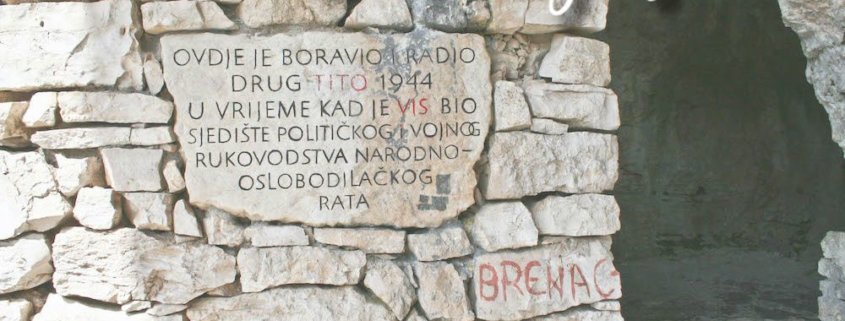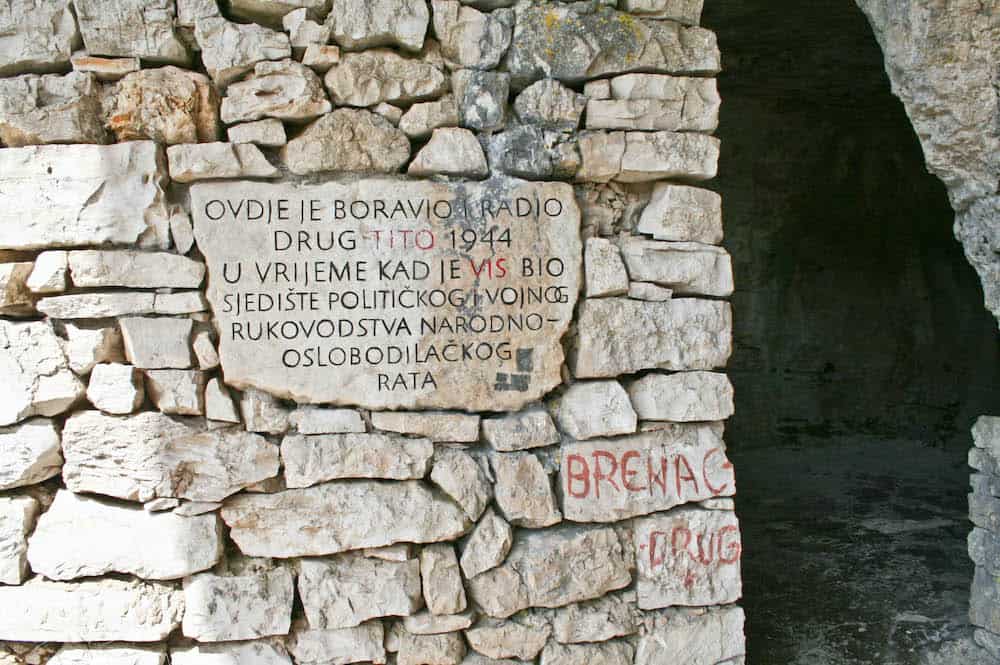
As briefly hinted on on our introduction page, the history of Vis is incredibly fascinating. The main story of Vis starts off as far back as 397 BC. In that year, Dionysius the Elder – ruler of Syracuse (on Sicily) – founded the colony Issa (from which the name Vis stems) on the island. Other colonies on the mainland eventually following – such as Tragurion, present day Trogir, and Salona, which is now Solin.

Issa/Vis fell to the Romans in 46BC. It still prospered under their rule and was well known for its wines even then.
Towards the later part of the 10th century AD, the island came under the control of the Venetians. Administratively, it was part of the community of Hvar.
History of Vis under the Austro-Hungarian Empire
Much like the surrounding islands and area, Vis fell to French and then Austrian control. However, following the Battle of Lissa in 1811 (between the British and the French and Venetians), British bases were built on the island, such as George’s Fortress. As part of the Austrian Empire, Vis became a naval base and was strategically important in a sea battle between the Austrian and Italians in 1866 (with Croatians making up a large number of the sailors on Austrian ships).
Role during WWII and after
After the fall of the Austrian Empire, the island became Italian from 1918 to 1920.
During World War II, Vis was the hiding place of partisan/resistance leader Josip Broz Tito, who became leader of Yugoslavia after WWII. During this war, Vis was also a major base for British and Allied troops – there is a British military cemetery on the island. Allied fighter planes were also based there.

After 1945, Vis was closed to tourism by the Yugoslav army as it was used as a major naval base. It was only re-opened to foreigners in 1989, and was part of the Croatia that gained independence in 1991. All the navy/military buildings on the island were abandoned at that time, although many of them can be visited today – including the cave in which Tito ‘hid’ in during World War II (see above).
